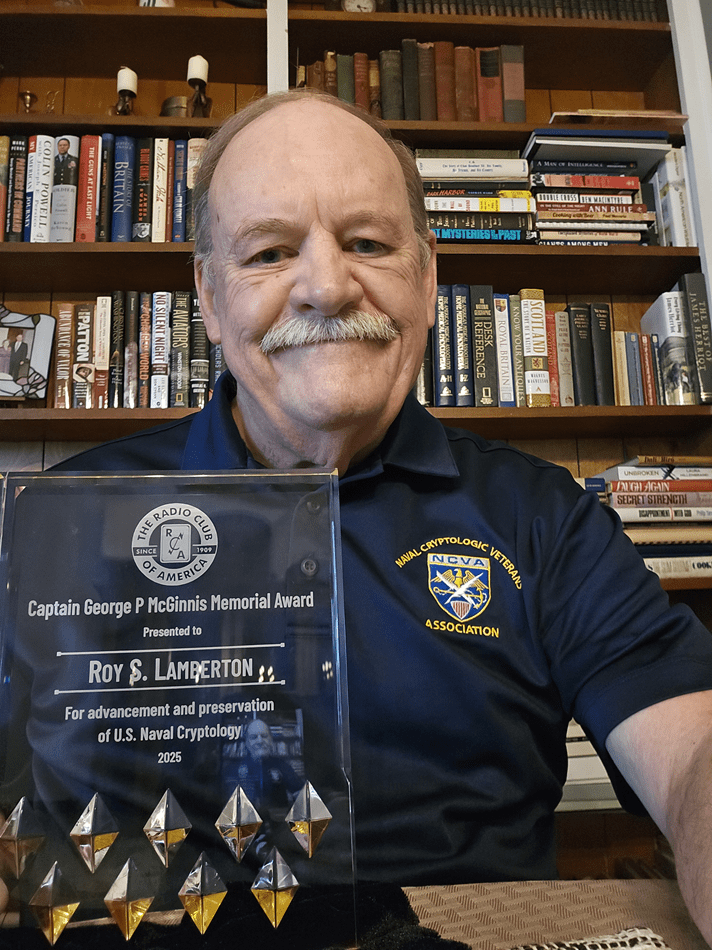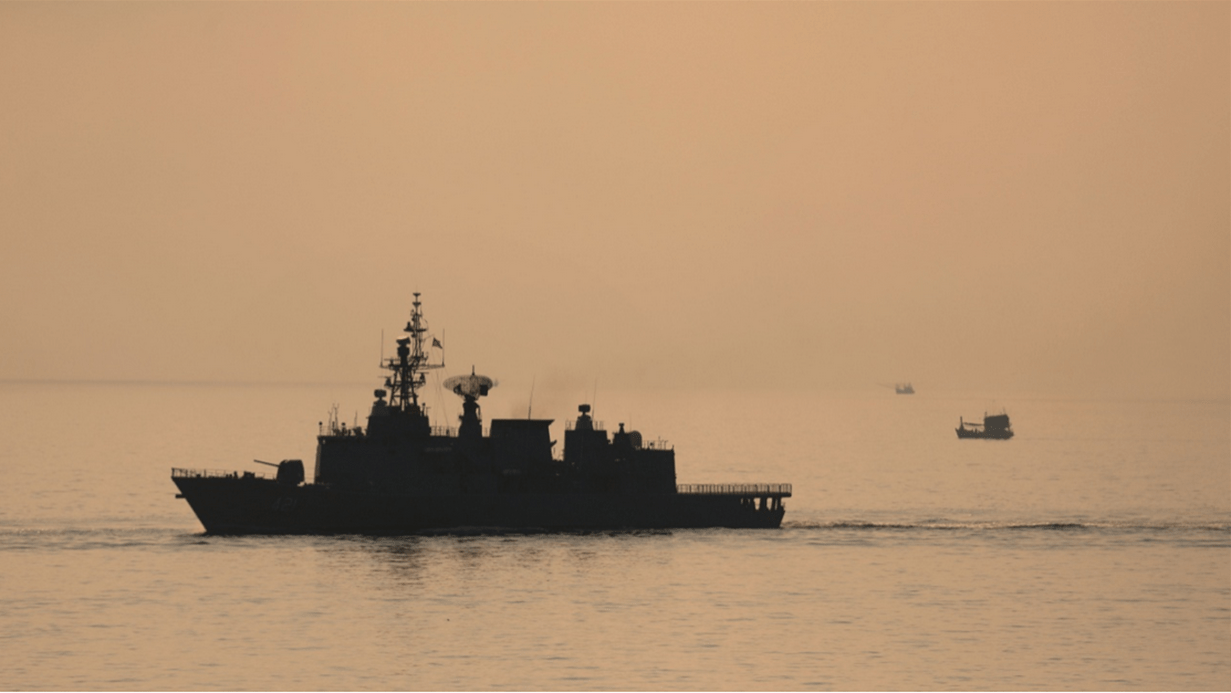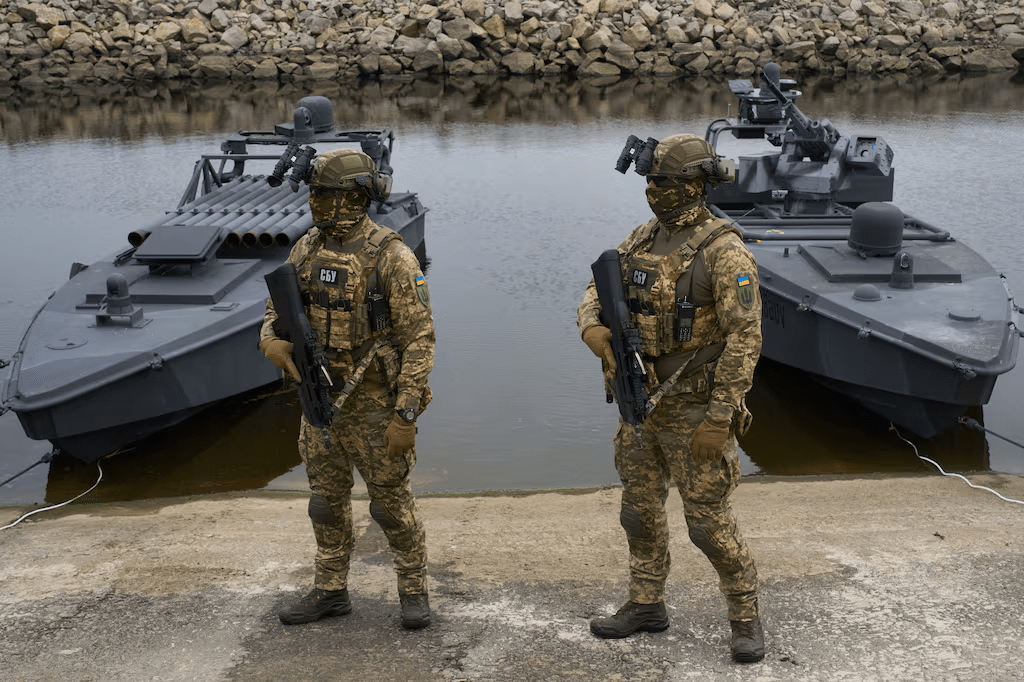In San Diego, two black dots appeared on the horizon, getting bigger by the moment. “They’re coming in!” someone shouted. The C-141 Starlifters circled the airfield and seemed to land in slow motion. The big jets taxied toward the waiting families and cut their engines. A tense stillness settled over the crowd as uniformed sailors unrolled red carpets up to the aircraft. Then a hatch on the lead plane popped open, and Pet Pucher wobbled down the staircase, worn-looking but smiling.
Continue reading “USS PUEBLO Crew Home for Christmas: The Return of the USS Pueblo Crew, Part 16 of 19”Snow drifted down over the Bridge of No Return as communist riflemen watched from the surrounding hills. Odd Job, one of the guards, called CDR Bucher from his bus to identify the remains of Fireman Duane Hodges. The fireman’s body, wrapped tightly in gauze like a mummy, had been brought to the bridge in an ambulance. Attendants wearing white surgical masks lifted the coffin lid and peeled back the bandages so Bucher could see the face within.
Continue reading “USS PUEBLO Crew Crossing the Bridge of No Return, Part 15 of 19”Strategic communications means more than managing messaging. It means protecting reputation through intelligence capabilities.
Continue reading “Counter-intelligence is now a communications function”CTRCS (Ret.) Roy Lamberton, USN, has been selected as the 2025 recipient of the prestigious Captain George P. McGinnis Memorial Award, as part of the Radio Club of America’s (RCA) 2025 annual awards program. The RCA proudly announced its 2025 award recipients and its incoming class of 2025 Fellows, continuing a tradition that dates back to 1935 of recognizing major contributors to wireless communications. This year, fourteen awards are being bestowed, and eight RCA members are being elevated to Fellow status.
Continue reading “CTRCS (Ret.) Roy Lamberton Honored with the 2025 Captain George P. McGinnis Memorial Award”The United States and Japan’s vague, ahistorical version of the “one China” policy is inflaming tensions with Beijing.
The recent escalation of tensions between Japan and China has revived and intensified a perennial debate on the international legal status of Taiwan. Japanese prime minister Sanae Takaichi drew a vociferous response from Beijing when she said publicly in early November that a Chinese use of force against Taiwan could be deemed “a situation that threatens Japan’s survival,” implying that it might lead to Japanese military intervention.
Continue reading “Why Taiwan’s Status Can’t Stay “Undetermined””The Security Service of Ukraine has claimed the first strike of a Russian submarine using an underwater strike drone in footage seemingly sourced from compromised enemy security cameras.
Continue reading “Ukraine’s first underwater drone strike caught on hacked cameras”





